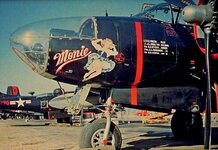Hello Gen. Wolters,
Are you related to BG Jacob Wolters namesake of Camp/Fort Wolters, Mineral Wells, Texas. Opened in 1925,The US Army's primary Helicopter training base, 9/56. Became Fort Wolters 3/66. Deactivated 1975.
I serve on the Fort Wolters Historical committee and am very interested in your possible connection. Link (fortWoltershistory.org)
Thanks
A W Brown
Are you related to BG Jacob Wolters namesake of Camp/Fort Wolters, Mineral Wells, Texas. Opened in 1925,The US Army's primary Helicopter training base, 9/56. Became Fort Wolters 3/66. Deactivated 1975.
I serve on the Fort Wolters Historical committee and am very interested in your possible connection. Link (fortWoltershistory.org)
Thanks
A W Brown

